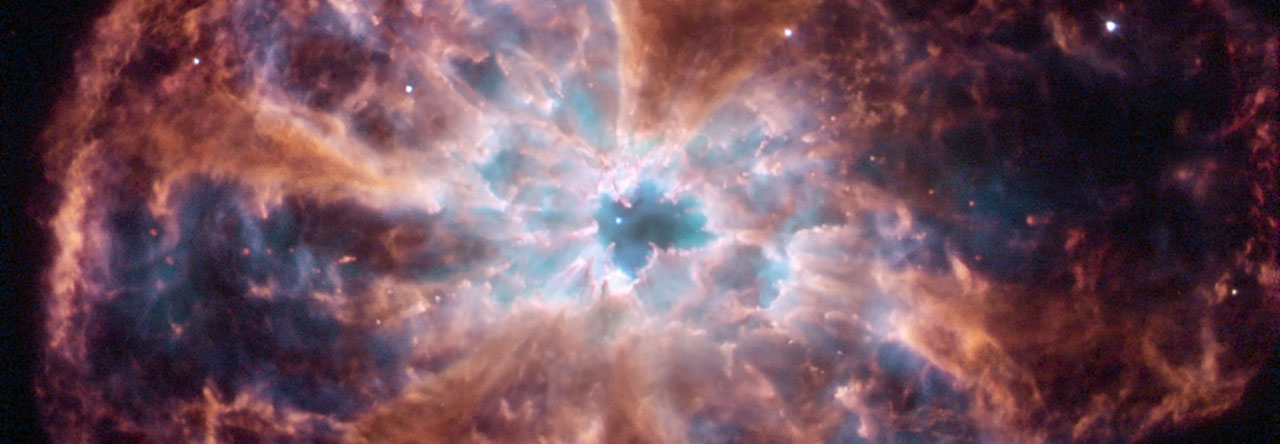 I’ve been meaning to write a superfood post for a long time, getting into the details of which foods I try to include in my diet most days to improve health and prevent disease. Something similar to Dr. Greger’s Daily Dozen.
I’ve been meaning to write a superfood post for a long time, getting into the details of which foods I try to include in my diet most days to improve health and prevent disease. Something similar to Dr. Greger’s Daily Dozen.
But it’s just too much information for one post. So I’m going to do one at a time, starting with cranberries.
There are three incredibly useful molecules found in cranberries. One is d-mannose, a sugar that prevents E. coli from binding to the urinary tract, and is more effective than antibiotics for treating UTIs. Not to mention far safer, cheaper, and convenient. One gram three times a day was the dose used in the reference study. The only side effect I’m aware of is that it can make your pee smell funny.
Another fascinating molecule is myricetin, a flavonoid in the same family as quercetin. Cranberries provide the highest food source of myricetin, providing 6600mg per 100g of cranberry (according to the USDA food database). Myrictein has therapeutic potential for its antimicrobial, anticancer, neuroprotective, and antidiabetic effects. Not to mention antihypertensive, cardioprotective, immune-boosting, analgesic, and wound-healing benefits (see same study). A veritable miracle molecule!
But potentially the most widely-useful effect of myricetin is that of an GLP-1 agonist. GLP-1 drugs such as Semaglutide are used to treat Type 2 diabetes and control blood sugar. They work by slowing stomach emptying time, reducing appetite, and decreasing glucagon secretion (and thus blood sugar levels). A recent study in the New England Journal of Medicine demonstrated that Semaglutide is also effective for long-term weight loss.
I’m not sure how many dried cranberries or how much 100% cranberry juice you’d have to consume to get a medically effective dose of myricetin, but including cranberries in the diet is a low-cost, low-risk way to consume appreciable amounts. Source Naturals sells a 100mg myricetin supplement, but a quarter cup of dried cranberries (40g) provides 2640mg of myricetin (if my math and the USDA listing are correct).
Cranberries are also high in ellagic acid (along with pomegranates, raspberries, and other fruits). In animal studies, ellagic acid appears to be effective against cancer, pancreatitis, and even obesity. This paper gets into the details, and focuses on the conversion of ellagic acid into urolithins. Anecdotally, I’m convinced that ellagic acid played a role in my recovery from gastritis (along with increasing soluble fiber and capsaicin), but that topic deserves its own post.
Just a quick overview, but I hope it piques your interest in cranberries.

Nathan Koch
Do you know if cranberry pills have the same effects? I love cranberries, but they are usually drenched in sugar. And if I’m trying to lose weight and keep it off, sugar seems contraindicated.
J.D. Moyer
I don’t know about cranberry pills, but you can get organic unsweetened dried cranberries at Trader Joes. They also have 100% cranberry juice, which is brutally tart, but the unsweetened dried cranberries are good in salads, oatmeal, etc.
susandale
i add abt an 1/8 ofa cupof uncooked unsugared cranberries to smoothies. I keep them in the freezer. love your health and body hacking shares.Thanks!
J.D. Moyer
Thanks!